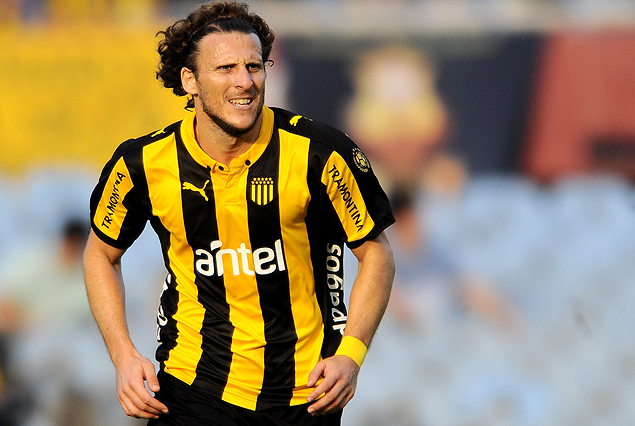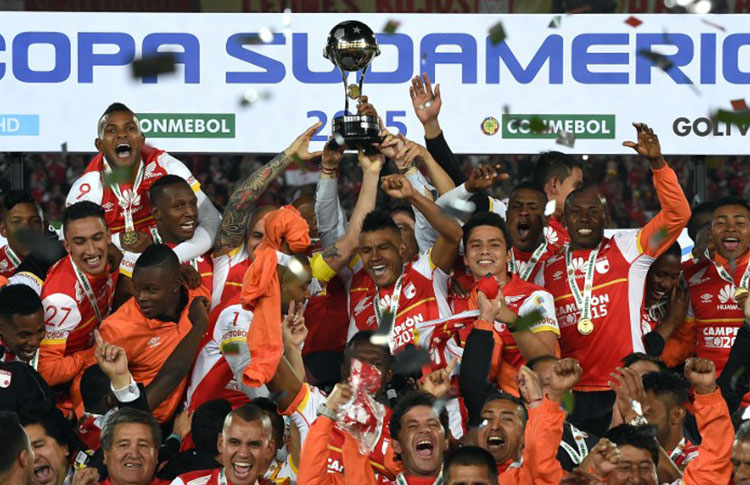 |
| Iván Alonso (photo from Télam) |
Uruguayan striker Iván Alonso is close to a move from his home country's record champion Nacional to the Copa Libertadores holders, River Plate from Argentina.
I personally did not see this move coming anymore after the end of last season. Iván Alonso will be 37 years old in just over two months. Yet the loss of their captain would be a big loss for Nacional, as his numbers did not dwindle down despite his age.
Instead, Alonso, who played for Nacional since January 2013, continued to score a ton of goals for the Uruguayans, becoming top scorer of the country on multiple occasions. In the past Apertura, he scored 8 goals and assisted on further 6 in a 13-game span.
What's in it for River?
The only two "real" central strikers River has at the moment are Rodrigo Mora and Lucas Alario. While Alario has gathered interest from Europe before (Inter Milan), it is relatively safe to assume he will still play there for the upcoming season. Where does it leave Alonso? Assuming he can reproduce his goalscoring ways from Uruguay, he will not have to hide between any of these two, but it is doubtful that he will push them to the bench.
If anything, age alone is speaking against doing so for coach Marcelo Gallardo. But River will play in three competitions again and could definitely use some help rotating in fresh legs from time to time. In the Copa Libertadores, they are up against The Strongest, Trujillanos and the winner of César Vallejo/São Paulo. In addition, the league and Copa Argentina are being played.
I just wonder whether buying soon-to-be 37-year olds is the right way of business for River Plate. It would definitely not be a move for the future.
What about Nacional?
Losing your captain is never a nice thing. Neither would it be for Nacional about a week before the new season starts. A year after the Palestino disaster, the club is also back in the Copa Libertadores group stage, in a very tough group, where you could surely use a man like Iván Alonso. He has been nothing short of outstanding ever since arriving and is a complete professional.
Even if you could replace him on paper (rumours of former Nacional striker Pierre Webó from Osmanlispor arriving in place of Alonso), he is a role model for the youngers players and not as easy to replace off the pitch as people might think.


























